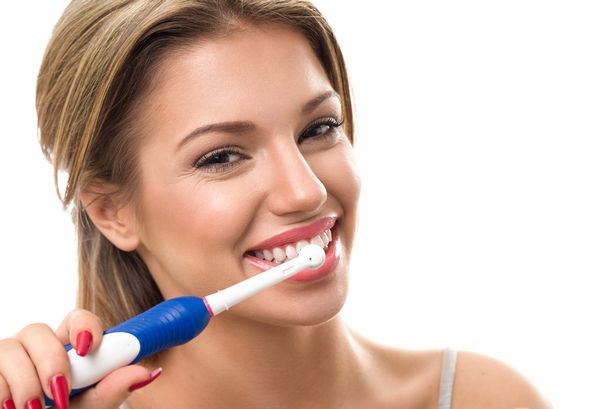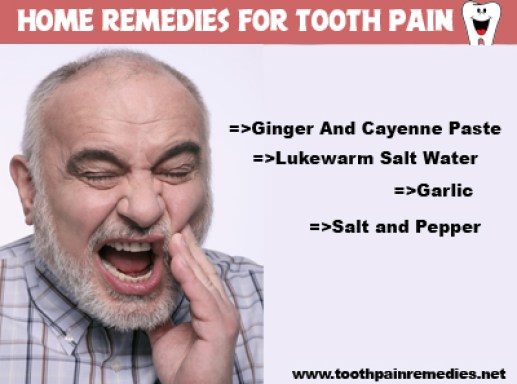Brushing Your Teeth & Flossing
Brushing and flossing are something we all learn at an early age. The proper way to brush your teeth takes less than 2 minutes, although many people tend to spend much longer, or much less. Most adults tend to spend less than a minute, which isn’t enough time to clean your teeth. To get the right amount of time brushing, you should try using a stopwatch while you brush.
Things to Avoid
When you brush your teeth, you should avoid using pressure but instead use short, gentle strokes. You should focus on hard to reach places, and make sure that you get the areas between your teeth as well. You should also make sure you get eating surfaces as well, along with your upper and lower gums. If you focus on all areas of your mouth, you’ll get everything when you brush.
Proper Brushing Techniques
Along with using the proper brushing techniques, you will also need to use the right toothpaste as well. There are a variety of toothpastes available, designed to help you with a variety of different conditions. You can get toothpaste that will prevent toothaches, stop tooth sensitivity, and prevent things such as tartar and gingivitis. Toothpaste is the best way to protect your teeth, therefore you should always ask your dentist what type of toothpaste he recommends for you.
To get the most out of brushing, you’ll need to have a good toothbrush. There are many different models to choose from, which can make it extremely difficult to choose one. When you make your choice, you should look for brushes that have soft bristles. Soft bristles are easy on your gums, and they will remove plaque and other debris from your teeth. A small head is also preferred, as it can easily reach hard to get places, such as your back teeth.
Replacing Your Tooth Brush
You should also remember to replace your brush every couple of months, or when it starts to show signs of wear. If you’ve had a cold you should replace your toothbrush, simply because the bristles can contain germs that could get you sick all over again. Toothbrushes that show wear should always be replaced, as they can have an impact on your gums. If the bristles start to get worn down, they can tear away at your gums, leading to sensitivity.

To get the most from your brushing, you should always use a bit of common sense and ask your dentist for his recommendations. Brushing your teeth will help keep them healthy, and prevent the buildup of plaque and tartar. Keep in mind that brushing does help your teeth, although you still need to go to your dentist for regular checkups. If you take care of your teeth and brush them on a regular basis – you will keep them free of infections and cavities.
A Look At Flossing
Along with brushing your teeth, you should also be flossing either the traditional way or with a Water Flosser on a daily basis. Flossing will remove plaque and debris in areas that your toothbrush isn’t able to reach. A buildup of plaque can lead to gum disease or tooth decay, which is why flossing is very important. If you floss immediately after brushing, you’ll notice that your gums and teeth will be much healthier.
When you look at dental floss, you’ll notice there are two types – nylon and single filament. You can get nylon either waxed or un-waxed, in several different flavors. Nylon floss is made up of several strands of nylon material, meaning that it can shred, tear, or snag between the teeth if it gets caught on sharp teeth. Even though the single filament floss is more expensive than nylon, it will slide easily between teeth, even tight areas and spaces. Unlike nylon, single filament is impossible to shred or tear.
Selecting the best Floss
No matter which type of floss you choose, as long you floss regularly, it will remove debris from your teeth and gums. If you’ve never tried flossing before, you will probably be amazed at just how much debris and food particles it can remove. Flossing is recommended by dentists everywhere, as it can reach places that even the smallest of toothbrushes can’t. Food and debris will build up between your teeth, which makes dental flossing very important.
The main problem many people have against flossing is the fact that it can result in bleeding of the gums. Anytime you floss and get between your teeth and around your gums, the floss will rub against your gums, resulting in bleeding. Many people have switch to using water flossing take to prevent gums from bleeding, and some immediately stop flossing, usually for good. Bleeding is very common, and should be expected with flossing.
Food and Plaque Build up
When you brush your teeth, you miss a lot of food particles and debris that continues to build up in your mouth. No toothbrush is designed to get every area of your mouth, as all of them miss hard to reach places. With the areas missed by the toothbrush, the debris and plaque will continue to build up until they eventually result in a cavity or decay. To get this debris and plaque before it builds up into something more serious, you’ll need to floss.
If you’ve been afraid to try flossing due to the bleeding, you should really get over that fear and floss after you brush. To keep your teeth and gums healthy, you’ll to brush and floss your teeth. Regular checkups with your dentist will help as well, although it is up to you to continue your regular maintenance at home with flossing and brushing. If you floss on a daily basis – you’ll quickly realize just how clean your teeth and gums will be.
Recommended :


